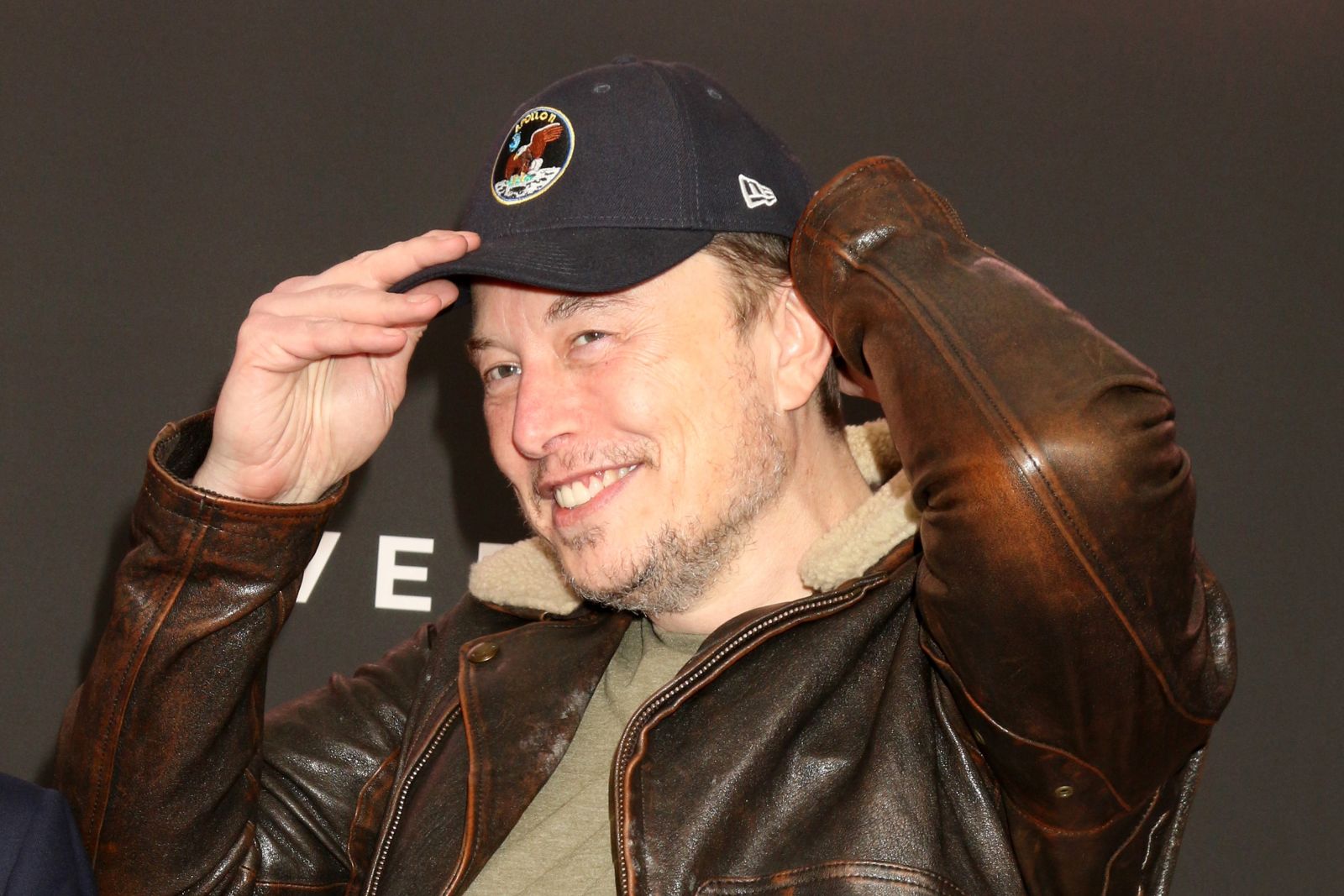
Tesla (TSLA), long considered the poster child of electric vehicle innovation, is facing increasing pressure as BYD (BYDDY), the rapidly rising automotive giant from China, continues its spectacular ascent. Just a few years ago, Tesla seemed virtually untouchable, dominating headlines, market share, and consumer imaginations with groundbreaking EV technology, charismatic leadership, and ambitious growth strategies. However, the landscape in 2025 has shifted dramatically. BYD’s recent milestones, including surpassing Tesla in annual revenues and nearly matching the American EV giant in full-year EV deliveries, signal a potentially seismic shift in the global EV market dynamics.
So what does this mean for Tesla stock? Should investors panic and jump ship, or is there a substantial upside ahead for long-term believers? In this article, we’ll analyze the implications of BYD’s recent success, evaluate the challenges and opportunities Tesla faces, and offer insights into how investors should play TSLA stock in this rapidly evolving EV showdown.
About Tesla Stock
Tesla (TSLA) is a prominent innovator dedicated to accelerating the global transition to sustainable energy. The company designs, develops, manufactures, leases, and sells electric vehicles, solar energy generation systems, and energy storage products. It also provides maintenance, installation, operation, charging, insurance, financial, and various other services related to its products. In addition, TSLA is increasingly focusing on products and services centered around AI, robotics, and automation. Its market cap currently stands at about $875 billion.
Shares of the electric vehicle manufacturer have experienced a challenging start to 2025, with a 32% drop year-to-date, making it one of the worst performers in the S&P 500 Index ($SPX). Key factors behind this poor market performance include declining EV sales and CEO Elon Musk’s controversial political activities. The stock also came under pressure from the broader market correction, driven by U.S. President Donald Trump’s tariff drama that suppressed the global economic growth outlook.
BYD Becomes Tesla’s Biggest Threat in China
BYD’s sales exceeded $100 billion last year, surpassing Elon Musk’s Tesla, as the Chinese automaker impresses consumers with its lineup of electric and hybrid vehicles equipped with advanced technology features. Notably, BYD began overtaking Tesla in sales starting in the third quarter of 2024, although it had already surpassed Tesla’s unit deliveries since 2022, driven by surging EV demand in mainland China and government subsidies aimed at boosting domestic consumption. The company reported record full-year revenue of 777 billion yuan ($107 billion as of March 25), up 29% year-over-year and beating analysts’ estimates. While Tesla, the frontrunner in the EV sector, recorded only 1% year-over-year total revenue growth to $97.7 billion last year, with automotive revenues declining. BYD’s robust growth in 2024 highlights its growing prominence, especially in the critical Chinese market.
BYD has rapidly ascended to the top of China’s auto market, which is the world’s largest and most competitive for electric vehicles. Although BYD sold roughly the same number of EVs as Tesla in 2024 (1.76 million compared to Tesla’s 1.79 million), it becomes significantly larger when hybrid passenger car sales are included. BYD’s total deliveries reached 4.27 million last year, up 41% year-over-year and nearly matching Ford’s (F) volume.
At the same time, Tesla’s China-made wholesale deliveries stood at 30,688 vehicles in February, marking a 49.2% year-over-year decrease and the lowest level since July 2022. China isn’t the only market where the company is losing ground. Its European sales plunged 42.6% year-over-year in February, totaling 16,888 units. With that, it’s clear that Tesla’s market share in Europe and China has substantially declined. For example, when Tesla’s Gigafactory near Shanghai began operations in 2020, the company sold roughly 180,000 vehicles, capturing a 16% share of China’s EV market. Its market share shrank to 6% in 2024 and further declined to 4.3% last month.
It’s also important to note that BYD recently introduced its innovative Super e-Platform, an advanced battery and charging system capable of peak charging rates up to 1,000kW. According to BYD Chair and Founder Wang Chuanfu, this innovation allows for an impressive 250 miles of range to be replenished in just five minutes. By contrast, Tesla’s fastest superchargers currently peak at 250kW. BYD announced it will begin selling EVs equipped with the Super e-Platform next month and intends to install 4,000 high-power charging stations across China. As charging time remains a major hurdle for widespread EV adoption, I believe BYD’s fast-charging technology could accelerate EV uptake in the Chinese and European markets, adding further pressure on Tesla.
Meanwhile, BYD introduced a new sedan over the weekend called the Qin L, positioning it as a direct competitor to Tesla’s Model 3. The Qin L offers the “God’s Eye” autonomous driving software, delivers a range of 545 kilometers (approximately 340 miles), and starts at 119,800 yuan ($16,524) - roughly half the price of Tesla’s Model 3. The new sedan represents the most significant challenge yet to Tesla, coming at a time when sales of its Model 3 and Model Y are slowing.
Notably, BYD doesn’t currently sell passenger cars in the U.S. due to punitive tariffs on Chinese-made vehicles, but it has significantly expanded into markets across Europe, Asian countries such as Singapore and Thailand, and Australia. The company plans to continue boosting its research and development and strengthening product competitiveness, particularly in pursuit of success beyond China.
What’s in the Cards for TSLA Stock?
While Tesla is currently facing challenges in its Automotive segment, it’s important to understand that the company is more than just a car manufacturer. One aspect of TSLA that continues to encourage me is its energy storage business, which keeps delivering record results. In this segment, the company mainly offers solar energy generation and storage solutions for residential, commercial, and industrial customers. In the most recent quarter, energy generation and storage revenues stood at $3.1 billion, up 113% year-over-year. Energy storage deployments reached a record high 11.0 GWh, increasing 244% year-over-year as the company accelerated production of Powerwall 3 and Megapack despite supply constraints. With the Shanghai Megafactory becoming operational in Q1, management anticipates storage deployments to increase by at least 50% year-over-year in 2025.
Meanwhile, management expects a return to growth for the Automotive segment in 2025, driven by new product launches, including more affordable EVs scheduled to begin production in the first half of 2025. Tesla’s teams in Shanghai are currently working on a modified version of the popular Model Y SUV, aiming to lower production costs by 20% to 30%. This would allow the company to better compete with Chinese rivals that offer lower-priced EV alternatives.
Let’s also take a closer look at the company’s long-term initiatives. As I mentioned in my previous article, Tesla is investing heavily in robotics. The company is developing Optimus, a humanoid robot designed to automate tasks and assist with labor in manufacturing and labor-intensive industries, with the goal of cutting costs and improving operational efficiency. CEO Elon Musk is particularly optimistic about this project, calling the Optimus program the “biggest product in history” and saying it has the potential to generate over $10 trillion in revenue in the long run.
Another area with strong potential for the company is its Full Self-Driving (FSD) initiative. By monetizing through subscriptions, licensing, and an eventual Robotaxi rollout, this software could generate high-margin, recurring revenue, bringing Tesla’s financial profile to the next level. CEO Musk has repeatedly signaled that the company will unveil its autonomous vehicle network this year. With that, the Robotaxi could become a game-changer for the company, especially considering the rapid growth expected in this market over the next decade. On the Q4 earnings call, Musk said the company plans to launch unsupervised FSD as a paid service in Austin this June. Moreover, the company recently received approval from California to start carrying passengers in its vehicles, effectively kickstarting its Robotaxi ambitions.
What Do Analysts Expect for TSLA Stock?
Wall Street analysts remain cautious on TSLA stock, assigning it a consensus “Hold” rating. Of the 40 analysts offering recommendations for the stock, 15 rate it a “Strong Buy,” three suggest a “Moderate Buy,” 12 recommend a “Hold,” and 10 assign a “Strong Sell” rating. The average price target for TSLA stock is $338.94, implying an upside potential of 23% from its current levels.
The Bottom Line on TSLA Stock
Putting it all together, I agree with the Wall Street consensus and believe that the best way for existing investors is to hold TSLA stock and monitor how things evolve. On the one hand, there are promising projects like Optimus and Robotaxi that have the potential to be game-changers, although they are still in the early stages. Moreover, the company’s energy storage business is likely to continue offsetting weakness in the Automotive segment to some extent. Lastly, the introduction of a new, more affordable EV model could reignite momentum in the Automotive segment.
On the other hand, the company’s automotive business is likely to remain weak in the short term, with Q1 poised to be particularly challenging given the sharp declines in deliveries in Europe and China due to increasing competition, as well as consumer boycotts in the U.S. Also, a potential global trade war could affect the company, dampening its sales and putting pressure on Automotive margins. Finally, with a forward Non-GAAP P/E multiple of 107.78x, the company still looks expensive, offering little margin of safety.
The next catalyst for TSLA stock could be the release of its Q1 deliveries, expected early next week. Some analysts suggest these numbers might significantly miss consensus estimates, given weak sales in China and Europe during January and February. As a result, I wouldn’t be surprised to see TSLA stock plunge. For new, risk-tolerant investors interested in TSLA stock, I believe the $150-$200 price range offers the most attractive risk-reward profile.







